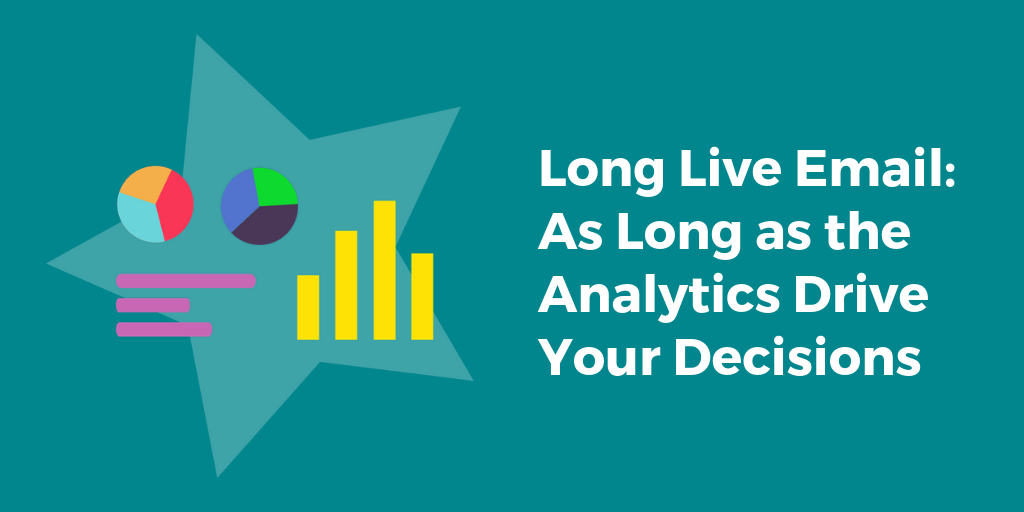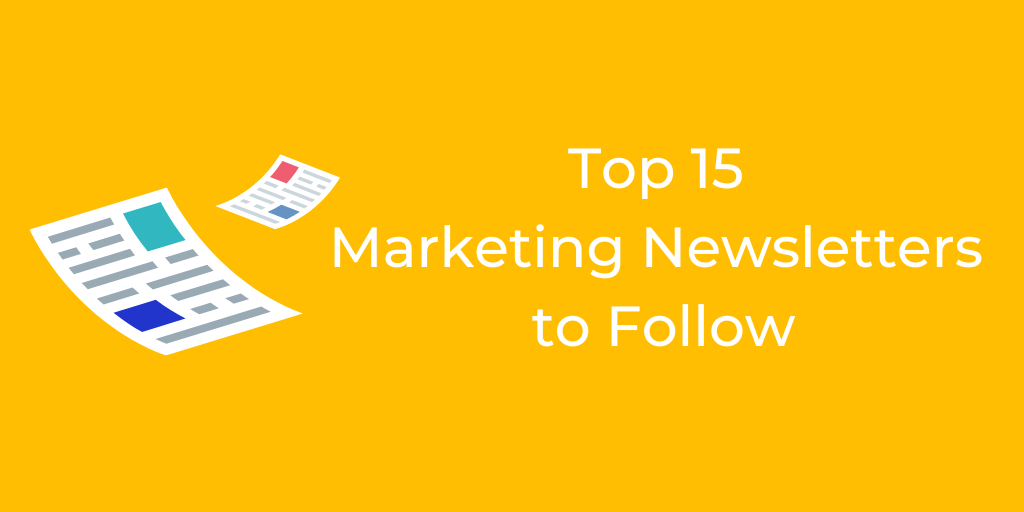The ABCs of Creating Your Newsletter: 7-Step Strategy
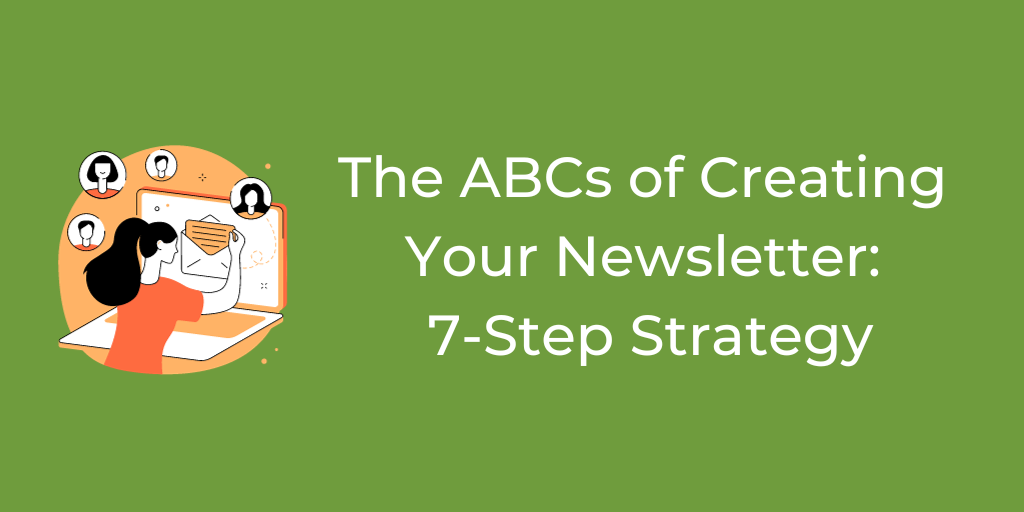
Navigating the world of email marketing can be a challenging yet rewarding journey. Creating an engaging email newsletter is an integral part of this adventure, offering a direct line of communication with your audience.
Our step-by-step guide is your roadmap to creating an effective email newsletter. From conceptualizing a healthy email marketing strategy to deploying sophisticated email marketing tools, we will guide you through each step with detailed insights and practical tips.
You’ll learn not only the basics of setting up an email campaign, but also the nuances of creating compelling newsletter content that resonates with your audience, boosts click-through rates, and aligns with your business goals.
So let’s dive in and unlock the secrets of successful email newsletters!
Our 7-Step Strategy to Create an Impactful Email Newsletter
So you already have built your email list, now how to create a newsletter, let us count the ways. The task requires a structured approach. To help you navigate this process with ease, we’ve outlined a 7-step strategy that covers everything from the initial planning stages to the final execution.
Step 1 – Define Your Strategy
Firstly, it’s essential to set clear objectives and understand the role your newsletter will play in your overall marketing plan. Here’s how to get started:
Identify Your Goals
Determine what you want to achieve with your newsletter. Are you aiming to boost website traffic, enhance customer engagement, or promote specific products or services? Your goals will shape the content and design of your newsletter.
If you’re not sure where to start, check out the concept of SMART goals.
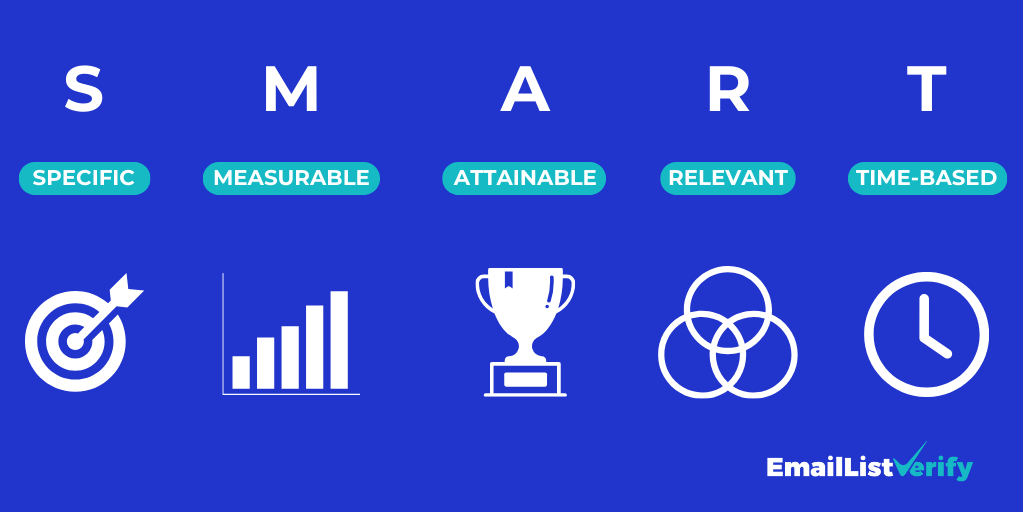
Understand Your Audience
Knowing your target audience is the next vital component of this procedure. What interests them? What problems can your newsletter help solve? Specifying your content to meet their needs increases engagement and loyalty.
For more information on how to get to know your audience and their needs, have a look at Logical Position’s post.
Decide on Content and Frequency
You have your goals, you know your audience, and now it’s time for the fun stuff: planning content! Even though coming up with newsletter ideas might be challenging. Will it be educational content, updates about upcoming events, or insights into new products?
Also, decide how often you’ll send your newsletter. Regular scheduling helps in maintaining a consistent connection with your audience without overwhelming them.
Compliance and Best Practices
Familiarize yourself with email marketing regulations such as CAN-SPAM and GDPR to ensure your newsletter adheres to legal standards. This includes having a clear unsubscribe link and respecting privacy guidelines.
Setting a solid foundation with a well-thought-out strategy will give you a leg up on creating a newsletter that keeps your audience engaged and aligns with your business goals.
Step 2 – Select Your Audience
Choosing the right audience is pivotal for the success of your email newsletter.
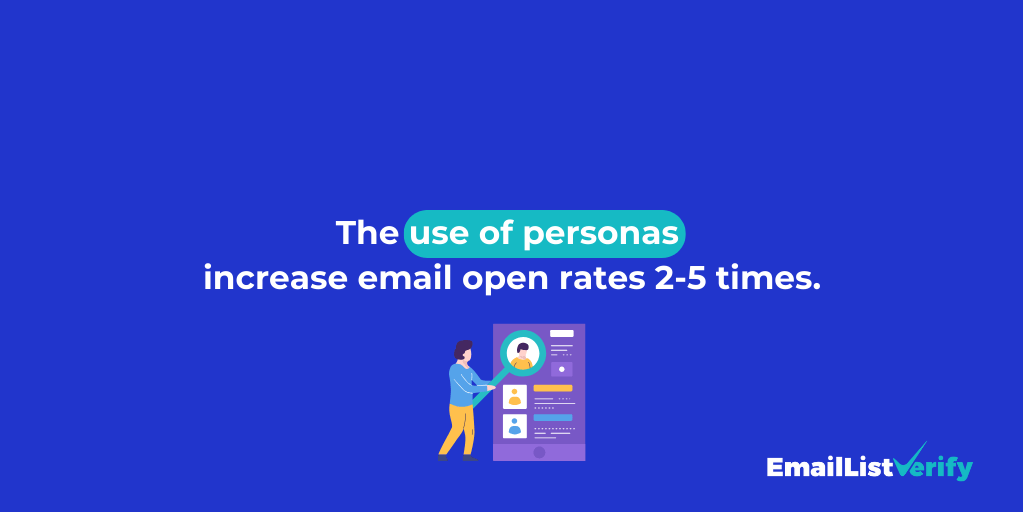
Your content needs to land in the right inboxes to make a meaningful impact. Here’s how you can select your audience effectively:
- Segment your contact list: Use segmentation to divide your email list based on demographics, past purchases, or engagement levels. This allows for more personalized and relevant newsletter content.
- Analyze your subscriber data: Look at the data from your email service provider or website analytics. Understand who your existing customers are, and what they’re interested in. This insight helps tailor your newsletter to meet their expectations.
- Build buyer personas: Create detailed profiles of your ideal subscribers. What are their interests, pain points, and preferences? This helps in crafting newsletter content that feels personalized and engaging.
- Focus on quality over quantity: It’s better to have a smaller, engaged audience than a large, disinterested one. Concentrate on attracting subscribers who are genuinely interested in your brand and what you have to offer.
Step 3 – Create an Email List
You can have the best newsletter in the world, but it won’t mean anything if no one is reading it. The next step is building your email list. Here are a few ways to gain a captive audience:
- Leverage your website: Use your website to attract newsletter subscribers. Place newsletter signup forms strategically on your homepage, blog posts, and landing pages. Make the sign-up process easy to encourage more subscriptions!
- Offer incentives for signing up: People love freebies and extra content, so use that to your advantage. This could be exclusive access to content, discounts, or entry into a competition. Highlight the value your newsletter brings to encourage sign-ups.
TIP: Get inspired with these 9 best sign-up examples.
- Utilize social media: Promote your newsletter on your social media channels. Share snippets of your newsletter content and provide a direct link to your newsletter signup form, making it quick and convenient for your social media followers to subscribe.
- Prioritize opt-in subscribers: Make sure that your subscribers have opted in to receive your emails. This not only aligns with email marketing best practices, but also builds a list of engaged and interested readers.
- Keep good list hygiene: A constant throughout your email marketing efforts should be keeping an email list clear of invalid emails and hard bounces. EmailListVerify can help! Create an account and verify 100 emails for free.
BONUS TIP: Use one of the free and paid tools to find someone’s email address.
Step 4 – Create a Design or Choose a Template
While a bare-bones text-only newsletter gets your point across, having visuals and a nice layout add that extra touch that will keep people coming back for more. Keep these tips in mind when you’re visually planning your newsletter:
- Select a responsive design: Choose a design that looks good on both desktop and mobile devices. Most email marketing platforms offer responsive email templates that adapt to different screen sizes.
- Use a drag-and-drop editor: If you’re not a design expert, use the drag-and-drop tools provided by many email marketing services. These tools are user-friendly and require virtually no learning curve, making it easy to create professional-looking newsletters.
- Maintain brand consistency: Your newsletter should reflect your brand identity. Use your brand’s colors, fonts, and logo. This consistency helps in building brand recognition and trust among your readers.
- Incorporate engaging elements: Add interesting visual elements like images, infographics, or videos. But be sure they complement and enhance your content rather than distract from it.
- Highlight your call to action (CTA): What exactly do you want your audience to do? Your CTA should stand out! Use colors, fonts, or placement that draw attention to your CTA, encouraging readers to take the desired action.
With a combination of the right tools and a focus on brand consistency, you can create a newsletter design that captures your audience’s attention and conveys your message effectively.
Step 5 – Create Your Copy & Personalize It
Crafting compelling and personalized copy is essential for an engaging newsletter. Follow these guidelines:
Write Clear and Concise Content
Your newsletter’s effectiveness hinges on its clarity and brevity. Focus on straightforwardly delivering your message.
Additionally, avoid lengthy paragraphs and complex jargon. Instead, opt for short, digestible content that captures and retains the reader’s attention.
Personalize Your Message
Personalization goes beyond just addressing recipients by their names. Tailor your content to reflect the interests and needs of your audience segments.
This could involve customizing content based on their previous interactions with your website or previous purchases. Personalized content feels more relevant and engaging, which can significantly boost open rates and reader engagement.
Incorporate Educational Content
Blend educational elements like industry insights, practical tips, or summaries of recent blog posts. This approach both provides value to your readers and establishes your brand as a thought leader and a credible source of information in your industry.
Use an Engaging Subject Line
The subject line is your first impression and a critical factor in the success of your email newsletter. It should be compelling, clear, and reflective of the content inside.
Consider using action-oriented language, posing questions, or creating a sense of urgency to pique curiosity.
Consider Email Automation for Personalization
Modern email marketing tools offer automation features that allow for dynamic content personalization.
This means you can send emails triggered by specific actions, such as a welcome email for new subscribers or a follow-up email based on items viewed on your website.
Automation guarantees timely and relevant communication with your audience.
Step 6 – A/B Test Your Newsletter
A/B testing is a crucial part of refining your newsletter for optimal performance.
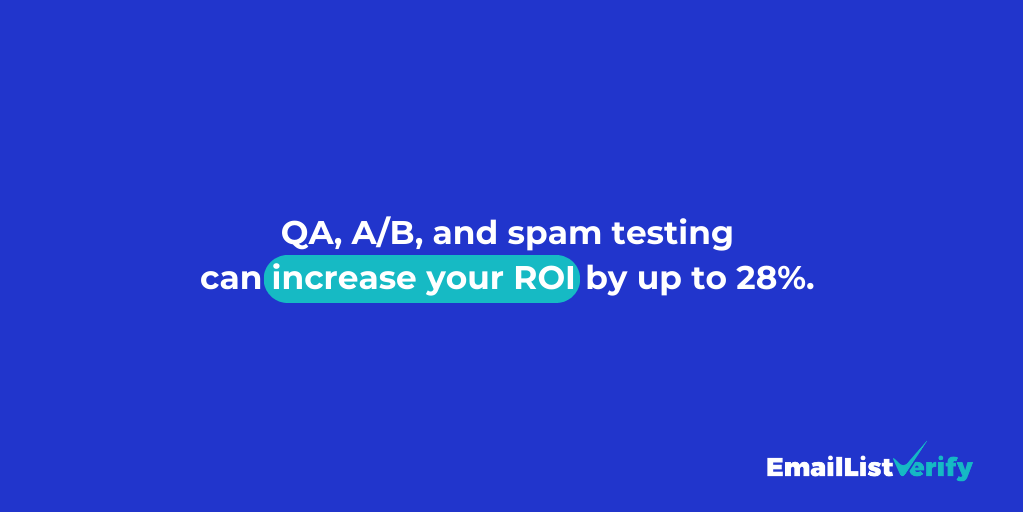
Here’s how to do it:
- Test different elements: Experiment with different aspects of your newsletter, such as subject lines, email design, content layout, and CTAs. By varying these elements, you can determine what works best for your audience.
- Use a small segment of your list for testing: Start your A/B testing with a small segment of your email list. This allows you to gauge reactions and make adjustments without impacting your entire subscriber base.
- Analyze results and implement changes: After conducting the A/B tests, analyze the results to understand what works and what doesn’t. Implement the more successful elements into your regular newsletter campaigns.
- Continuously refine your strategy: A/B testing should be an ongoing process. Regular testing and refinement help in continuously improving the effectiveness of your newsletters.
Through A/B testing, you gain valuable insights into your subscribers’ preferences, enabling you to craft newsletters that better meet their needs and drive higher engagement.
Step 7 – Launch Your Campaign and Track Results
After all that hard work and preparation, it’s time to launch your perfectly written and tested newsletter! Follow these tips to get going and set yourself up for long-term success:
- Launch with confidence: After thorough preparation and testing, confidently launch your newsletter campaign. Ensure your email is scheduled at an optimal time based on your audience’s preferences.
- Monitor key email metrics: Track key metrics such as open rate, click-through rate, bounce rate, and unsubscribe rate. These indicators will provide insights into how your audience interacts with your newsletters.
- Analyze subscriber behavior: Look beyond basic metrics to understand how your subscribers act. Analyze which links are clicked, what content is most engaging, and the time spent on your newsletter.
- Utilize feedback for improvement: Use subscriber feedback and data to continually refine your newsletter. Adjust content, design, and delivery based on what works best for your audience.
- Iterate and evolve: Your newsletter should evolve with your audience’s changing needs and preferences. Regularly update your strategy to keep your content fresh and relevant.
Following these 7 steps will set you on the path to having a popular and well-read newsletter that’s sure to bring you more traffic and keep your customers informed and happy.
Where to Find Free Email Templates
Sometimes starting from scratch can be difficult. Finding the right template can save time and improve the quality of your newsletter. Luckily, many resources can help you along the way with both templates and design.
Email Marketing Platforms
Numerous email marketing platforms provide a wealth of free email templates, combining convenience with quality. These platforms are user-friendly and offer versatile designs to suit various newsletter styles.
Available Platforms
- MailChimp: Known for its intuitive interface and diverse template options.
- Constant Contact: Offers a variety of easily customizable templates.
- Moosend: Features a range of templates with a user-friendly drag-and-drop editor.
Online Template Galleries
For a wider selection of styles and designs, online template galleries are perfect. They offer a plethora of templates that cater to different industries and creative needs.
Popular Galleries
- Canva: Provides a vast collection of visually appealing email templates.
- Template.net: Hosts a range of templates suitable for various business sectors.
- Colorlib: Offers a collection of modern and responsive email templates.
Design Communities
Design communities like Behance and Dribbble are treasure troves of creative resources, including free email templates crafted by professional designers.
Communities to Explore
- Behance: Showcases innovative email design concepts and templates.
- Dribbble: A platform where designers share unique and modern email templates.
Blogs and Marketing Resources
Digital marketing blogs and resources are excellent sources for free email templates, often provided as a part of their content marketing initiatives.
Resourceful Sites:
- Various digital marketing blogs: Often release free templates as part of instructional content or promotions.
- Marketing resource websites: Provide downloadable templates to assist in email marketing campaigns.
When using free templates, be sure they are mobile-friendly and compatible with major email clients. This guarantees that your newsletter appears correctly across different devices and email platforms.
Summary
In conclusion, crafting a compelling email newsletter is an integral part of a well-rounded and successful email marketing strategy. Following our seven-step strategy can help you create newsletters that hit the mark with your audience, strengthen your brand identity, and achieve your business goals.
The key to a successful newsletter lies in understanding your audience, delivering valuable content, and continuously refining your approach based on data-driven insights.
Utilize free resources like email templates and marketing tools to enhance your campaign’s efficiency and appeal.
Whether you’re aiming to increase website traffic, bolster subscriber engagement, or drive sales for your eCommerce business, a well-executed newsletter can be a powerful tool in your marketing arsenal.
Ultimately, your email newsletter is more than just a means of communication, it’s a reflection of your brand’s commitment to providing value and building lasting relationships with your subscribers. Embrace the journey of email marketing, and watch as your efforts translate into tangible results for your business!
